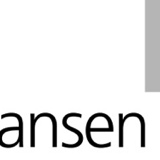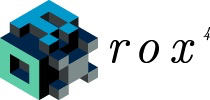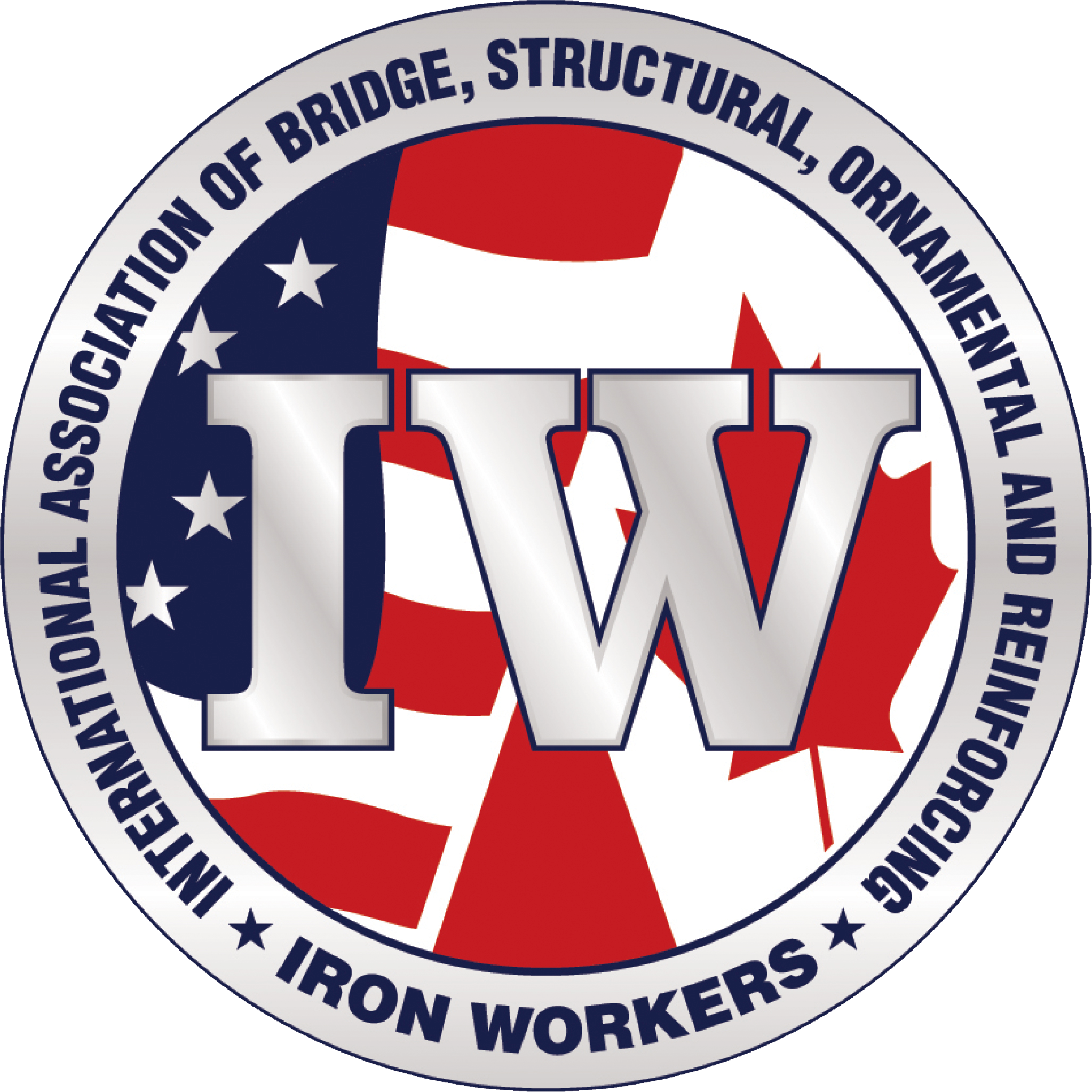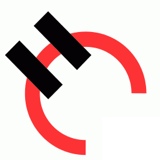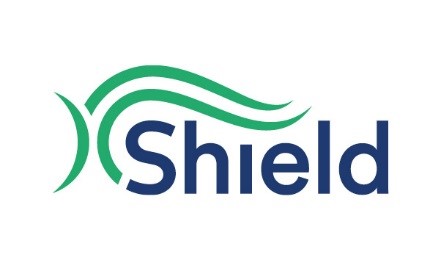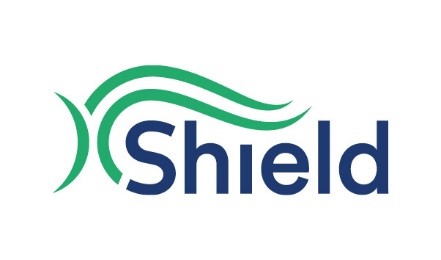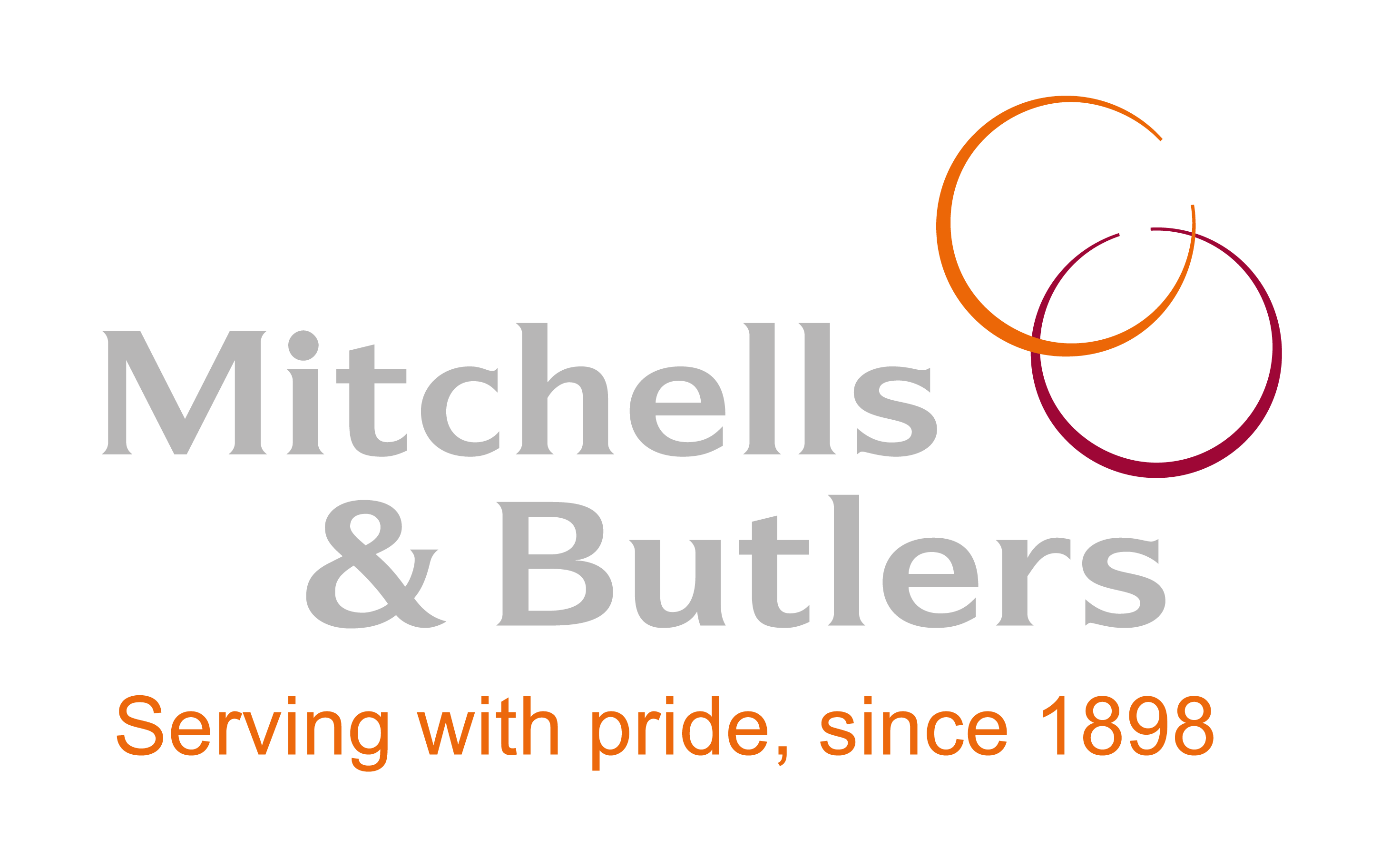Title Page
-
Interior Specialists Inc
-
Job Site Name
-
Conducted on
-
Prepared by
-
Location
-
Interior Specialists Foreman and/or Superintendent:
-
General Contractor Superintendent and/or Safety Personnel
-
Overall pictures of job site
Aerial/Boom Lifts
-
-
Workers tied off to approved anchorage point(s) in basket? 1926.453(b)(2)(v)
-
PFARS rigged in such a manor as to limit free fall to no more than 6 feet 1926.502(d)(16)(iii)
-
Operator(s) trained and/or authorized 1926.453(b)(2)(ii)
-
Both feet on floor of basket 1926.453(b)(2)(iv)
-
Aerial lift controls clearly marked/identified 1926.453
-
Aerial lifts inspected prior to use 1926.453(b)(2)(i)
-
Access gate/opening closed when working in lift (ANSI A92.5)
-
Operated on Level surface per equipment spec ANSI A92.5
-
Outriggers(if equipped) utilized as needed ANSI A92.5
-
Walking/working platform kept reasonably clear of derbies ANSI A92.5
-
Good compliance/no safety violations 1926.453
Confined Space(s)
-
-
Work site evaluated/permit spaces identified prior to entry 1926.1203(a)&(b)
-
Work site evaluated/permit space(s) identified prior to entry by a competent person 1926.1203(a)&(b)
-
Controlling contractor (GC) obtained/shared any relevant information prior to entry 1926.1203
-
Steps taken to prevent unauthorized entry 1926.1204
-
Hazard(s) evaluated prior to entry 1926.1204
-
Procedures in place for safe entry 1926.1204
-
Testing/monitoring equipment available 1926.1204
-
Have testing/monitoring equipment been calibrated prior to use 1926.1204
-
Ventilation equipment available 1926.1204
-
Communication equipment (radios) available 1926.1204
-
Proper/adequate lighting available as needed 1926.1204
-
Tripod(s) available 1926.1204
-
Tripod(s) inspected by a competent person prior to use 1926.1204
-
Rescue/emergency equipment available 1926.1204
-
Atmosphere tested prior to entry 1926.1204
-
Periodic and/or continuous monitoring performed 1926.1204
-
Personnel equipped with atmospheric monitoring equipment 1926.1204
-
Attendant available outside of permit/confined space 1926.1204
-
Employee responsibilities clearly identified prior to entry 1926.1204
-
Personnel accountability system(s) in place prior to entry (Best practice)
-
Entry permit available for review 1926.1205
-
Employees received effective training 1926.1207
-
Good compliance/no safety violations
Crane(s)
-
-
Cranes are used/operated by a third party. Please ask the crane operator to assist with this section
-
Outriggers fully extended/properly deployed 1926.1404(q)(1)
-
Blocking material sufficient to sustain loads/maintain stability of the crane 1926.1404(q)(5)(i)
-
Blocking placed directly under float/pad 1926.1404(q)(5)(ii)
-
Power line(s) identified prior to use of the crane by operator and safety team 1926.1407-1411
-
Required safety devices installed/maintained 1926.1415(a)
-
Required operational aides installed/maintained 1926.1416(a)
-
Crane operated in a safe manor/ within manufacture requirements
-
Visual inspection completed by competent person/crane operated conducted prior to use, each shift 1926.1412(d)
-
Monthly crane inspection completed by crane operator/crane company, with proper documentation 1926.1412(e)
-
Annual crane inspection completed/current, with proper documentation available 1926.1412(f)(1)
-
Crane load capabilities/operator manual kept in cab 1926.1417(c)
-
Adequate communication between signal person and crane operator 1926.1419(e)
-
Radius/swing area identified and barriers installed to keep unauthorized personnel out of area 1926.1424(a)
-
Workers kept clear of suspended load(s) 1926.1425(b)
-
Only trained riggers allowed to rig loads 1926.1425(c)(3)
-
Signal person(s) identified and properly trained 1926.1428(a)
-
Fire extinguisher located within cab, fully charged, and inspected 1926.1433(d)(6)
-
Tag lines used on loads that swing freely (best practice)
-
Good compliance/no safety violations
Demolition
-
-
Wall openings protected to a height of 42 inches, plus or minus 3 inches 1926.850(g)
-
Warning signs of falling debris posted as applicable, on each level of possible hazard(s) 1926.850(h)
-
Warning signs of falling debris posted as applicable, on each level of possible hazard(s) 1926.850(h)
-
Periodic inspections by competent person 1926.859(g)
-
Good compliance/no safety violations
Electrical safety
-
-
Worn or frayed cords use 1926.416
-
GFCI's being used 1926.404(b)(1)((ii)
-
Flexible cords not daisy-chained together 1926.403(b)
-
Cords protected/kept clear of work areas/walk ways 1926.416(b)(2)
-
Cords kept free of areas of water (Best practice)
-
Good compliance/no safety violations
Exits/egress
-
-
Exits free of obstructions 1926.34(a)
-
Exits marked with signs/maps 1926.34(b)
-
Fire extinguisher located on each level, fully charged, tagged (best practice)
-
Good compliance/no safety violations
Fall Protection
-
-
Fall protection provided/being used when working at heights at or above 6 feet 1926.501(b)(1)
-
Steps taken to prevent falling object hazards 1926.501(c)
-
Steps taken to prevent fall thru openings 1926.501(b)((4)(i)
-
Guardrails installed, maintained and compliant (42 inches, plus or minus 3 inches) 1926.502(b)(1)
-
Guardrails installed, maintained and compliant (42 inches, plus or minus 3 inches) 1926.502(b)(1)
-
Top and mid rail in place and proper height (when used, shall be installed at a height midway between the top edge of the guardrail system and the walking/working level 1926.502(b)(2)(i)
-
Guardrails able to withstand 200 pound force 1926.502(b)(3)
-
Toe boards erected to prevent falling objects 1926.502(j)(1-4)
-
Guardrail posts not more than 8 feet on center Subpart M Appendix B
-
Harnesses inspected/maintained in good condition 1926.502(d)(21)
-
Harnesses worn properly, and the correct size 1926.503(c)(3)
-
Lanyards inspected, maintained, spec tag intact/legible 1926.502(d)(21)
-
Suitable anchorage points used 1926.502(d)
-
Worker(s) using personal fall arrest systems (PFARS) as required 1926.501(b)(1)
-
PFARS rigged in such a manor as to prevent contact with lower surface 1926.502(d)(16)(iii)
-
PFARS rigged in such a manor as to limit free fall to no more than 6 feet 1926.502(d)(16)(iii)
-
PFARS not attached to guardrail system 1926.502(d)(23)
-
Safety monitor used when fall arrest/restraint not utilized 1926.501/502(h)
-
Safety monitor has no other assigned duties 1926.502(h)(1)(v)
-
Safety monitor on same surface with visual and oral contact 1926.502(h)(1)(iii)
-
Floor holes (2 inches or greater) secured, adequate enough to hold at least twice the weight of employees, equipment, and/or materials, painted and/or marked with "HOLE" or "Cover" to provide warning of the hazard 1926.502(i)(2-4)
-
Warning line(s) flagged at no more than 6 foot intervals, and suspended at proper height, with no more than 3 inches of deflection in any direction 1926.502(f)(2)(i-ii)
-
Workers trained on recognizing/minimizing fall hazards 1926.503(a)
-
Fall protection training completed and documented 1926.503(b)
-
Good compliance/no safety violations 1926 sub part M
Fire Safety
-
-
Fire extinguisher in good condition/fully charged 1926.150(a)(4)
-
Travel distance to fire extinguisher within 100 feet 1926.150(c)(1)(i)
-
Fire extinguisher within 50 feet of flammables 1926.150(c)(1)(i)
-
Minimum one fire extinguisher per floor 19265.150(c)(1)(iv)
-
Flammable liquids stores in approved containers 1926.152(f)(1)
-
Smoking prohibited where fire hazards exist 1926.151(a)(3)
-
Flammable liquids protected from ignition sources 1926.152(a)(2)
-
Fire extinguishers kept in or near powered equipment (Best practice)
-
Good compliance/no safety violations Sub part F
Fueling areas/operations
-
-
No smoking within area 1926.152(g)(8)
-
Motors shut off during fueling
-
Fire extinguisher within 75 feet 1926.152(g)(1)
-
Fuel tanks properly labeled NFPA 30
-
Spill control means/methods provided 1926.152(e)(1)
-
Good compliance/no safety violations 1926.152
Noise
-
-
Noise exposure(s) controlled at or above 90 decibels 1926.52 (Company standard is 85 decibels)
-
Noise exposure(s) monitoring conducted (Best practice for a minimum of 10 minutes)
-
Good compliance/no safety violation (Best practice)
Housekeeping
-
-
-
-
Good compliance/no safety violations
Ladders
-
-
Ladders inspected frequently/no visible defects 1926.1053(b)(15)&(16)
-
Ladders at a 4:1 angle 1926.1053(b)(5)(i)
-
Ladders on stable/level surface(s) 1926.1053(b)(6)
-
Ladders used correctly/as intended by the manufacturer 1926.1053(b)(4)
-
Spreaders fully engaged on step/A frame ladders 1926.1053(a)(8)
-
Worker(s) not using top two steps on step/A frame ladder 1926.1053(b)(9)
-
Three points of contact maintained when climbing/descending from ladder (Best practice)
-
Job made ladders compliant 1926.1053(a)
-
Area at top/bottom of ladder kept clear/clean 1926.1053(b)(9)
-
Good compliance/no safety violations 1926 sub part X
Mechanized equipment (skid steer, mini-excavator, excavator)
-
-
Equipment in good condition/no obvious defects 1926.601(b)(14)
-
Seat belts on earth moving equipment with roll over protection system (ROPS) 1926.602(a)(2)(i)
-
Seat belts worn while in operation 1926.28(a)
-
Backup alarm and/or spotter when backing 1926.601-602(b)(8
-
Good compliance/no safety violations
PPE
-
-
PPE provided/used as required 1926.95(a)
-
PPE maintained in good condition 1926.95(a)
-
Replacement PPE available (Best practice)
-
Eye protection used as required 1926.102(a)(1)
-
Face protection(shields) used as required 1926.102(a)(1)
-
Hard hats worn 1926.100(a)
-
Hand protection worn 1926.28(a)
-
Safety footwear worn 1926.28(a)
-
Respiratory protection provided/used as required 1910.134(a)
-
Hearing protection used as required 1926.52(a)
-
Safety vests and/or high visibility clothing worn 1926.28(a)
-
Good compliance/no safety violations 1926.28(a)
Safety signs
-
-
OSHA 300 summary posted 2/1-4/30 1904.32(a)(4)
-
Danger/warning signs/tape posted as needed 1926.200(a)
-
Good compliance/no safety violations
Safety training
-
-
Daily toolbox talks completed 1926.21(b)(2)
-
Weekly toolbox talks completed 1926.21(b)(2)
-
Documentation of toolbox talks (Best practice)
-
Equipment/machine operator training documented (Best practice)
-
Job specific training provided/documented OSHA publication 2254
-
Good compliance/no safety violations
Scaffolding (Rolling)
-
-
Scaffolding inspected by a competent person/free of defects 1926.451(f)
-
Working platforms fully decked/planked 1926.451(b)(1)
-
Platform clean/free of excessive debris 1926.451(f)(3)
-
Only supplies needed stored on scaffolding 1926.250(b)(5)
-
Scaffolding and components do not exceed rated capacities 1926.451(f)(1)
-
Fall protection provided above 10 feet 1926.451(g)(1)
-
Employee(s) remain within wheels/supports of scaffold 1926.452(w)(6)(v)
-
Scaffolding bracing is secured, squared and aligned 1926.452(w)(1)
-
Brakes on scaffolding operate and set as required 1926.452(w)(2)
-
Wheel stems pinned/secured to scaffold legs 1926.452(w)(9)
-
Good compliance/no safety violations
Scaffolds (Supported)
-
-
Working platforms fully planked/decked 1926.451(b)(1)
-
Fall protection provided above 10 feet 1926.451(g)(1)
-
Scaffolding inspected by a competent person/free of defects 1926.451(f)
-
Footing(s) level, rigid, no visible settling 1926.451(c)(2)(i)
-
Ladder provided/used to access platform 1926.451(e)(1)
-
Platform clean/free of excessive derbies 1926.451(f)(13)
-
When platforms overlap, overlap is 12 inches of more 1926.451(b)(7)
-
Platform braced to prevent swaying 1926.451
-
Toe boards used to prevent tools/materials from falling 1926.451(h)(2)(ii)
-
Only materials needed stored on scaffolding 1926.250(b)(5)
-
Non-cleated platforms extend at least 6 inches over support 1926.451(b)(4)
-
Platforms <10 feet do not extend more than 12 inches past support 1926.451(b)(5)(i)
-
Platforms (10 feet+) do not extend more than 18 inches past supports 1926.451(b)(5)(ii)
-
Scaffolds not moved horizontally when occupied 1926.451(f)(8)
-
Workers not allowed on scaffolds when covered in snow/ice 1926.451(c)(1)
-
Guys, ties, braces installed/maintained 1926.451(c)(1)
-
Cross braces installed/maintained 1926.451(c)(1)
-
Midrail cross bracing between 20-30 inches 1926.451(g)(4)(xv)
-
Top rail cross bracing midpoint between 38-48 inches 1926.451(g)(4)(xv)
-
Good compliance/no safety violations Subpart L
Scissor lifts
-
-
Lift inspected by a competent person/free of defects 1926.451(f)(3)
-
Lift operated on level surface free of obstructions 1926.452(w)(6)(i)
-
Outriggers (if equipped/required) used as needed 1926.452(w)(5)
-
Operator has both feet on floor of lift 1926.453(b)(2)(iv)
-
Access gate closed when working in lift ANSI A92.6
-
Floor of lift kept reasonably clean
-
Fall personal fall arrest (PAFA) used if equipped by manufacturer (Best practice)
-
Good compliance/no safety violations
Silica exposure
-
-
Table 1 compliant tools being used 1926.1153(c)(1)
-
Exhaust used for indoor tasks where silica exposure occurs 1925.1153(c)(2)(i)
-
When wet methods used, is water being applied at proper rate to minimize dust 1926.1153(c)(2)(ii)
-
Proper respirator used when not using table 1 tools 1926.1153(e)
-
Wet sweeping or HEPA vacuums used to clean up silica dust 1926.1153(f)(1)
-
Written exposure plan being followed 1926.1153(g)(1)
-
Competent person conducting regular inspections 1926.1153(g)(4)
-
Employees trained on hazards associated with silica exposure 1926.1153(i)(2)
-
Air sampling conducted 1926.1153(d)(2)
-
Work area limited to those employees and/or other trades that are only actively working in the area (best practice)
-
Good compliance/no safety violations 1926.1153
Is follow up needed for any above items
-
-
Follow up plan details/time frame
-
Add signature






